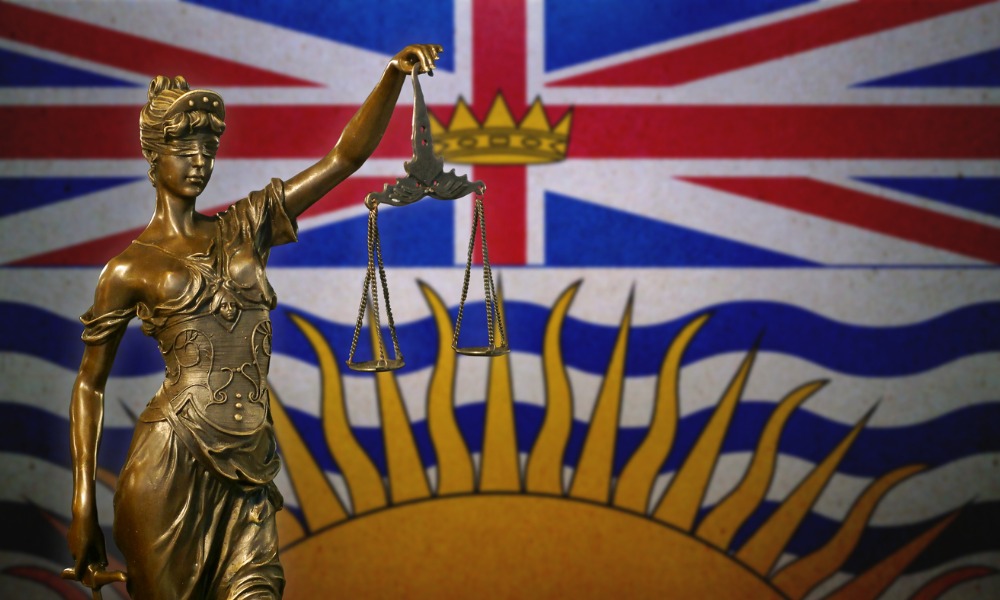When it comes to fair and equitable support calculations, details matter

Sponsored article
To say that Guideline income is not “Line 150” (now Line 15000) because it is not defined that way in the Child Support Guidelines, while true, is not a helpful response in combating the prevalent myth plaguing the practice of family law. There are two main differences to consider between “Line 150” and the Guideline definition of income:
- One of the stated objectives of the Child Support Guidelines is to ensure that the children “continue to benefit from the financial means of both spouses after separation.” Section 2(3) of the Federal Child Support Guidelines states:
“Where, for the purposes of these Guidelines, any amount determined on the basis of specified information, the most current information must be used.”
“Line 150” is a total of a laundry list of sources, and in fact, represents the income tax definition of “total income” for income tax purposes, not child support purposes. Tax returns are created and filed after the fact. At best, they reflect the reported income for tax purposes of the previous year or even older. Unless nothing has changed, they do not reflect the person’s current income situation and current ability to provide child support. Further, “Line 150” is the starting point in determining a party’s personal tax liability. This liability is not the same as the party’s obligation to support their children.
- Guideline income is defined in sections 15 through 20 plus Schedule III of the Federal Child Support Guidelines, and section 16 clearly says: “Subject to sections 17 through 20, a spouse’s annual income is determined using the sources of income set out under the heading ‘Total income’ in the T1 General form issued by the Canada Revenue Agency and adjusted in accordance with Schedule III” (emphasis added). Determining the different sources is necessary in order to apply the appropriate adjustments outlined in Schedule III.
As an example, the amount at “Line 150” may be $110,000. If “Line 150” is comprised only of employment income and there are no related adjustments, such as union dues, then “Line 150” and Guideline income are the same amount. However, if “Line 150” is comprised of $30,000 of employment income and $80,000 of taxable eligible Canadian dividends, the total is still $110,000 but Guideline income (barring any other considerations or adjustments) would be $87,971.
As a rule of thumb when dealing with numbers and calculations, it is easy to summarize detail, but very difficult to create the correct detail from a summary. When it comes to fair and equitable child and spousal support calculations, details matter. Even when using robust support calculation software, such as ChildView, the wrong amounts entered into the wrong data input fields will not produce the correct results.










